Home>Gardening & Outdoor>Pool & Spa Care>How Old Should You Be To Go In A Hot Tub
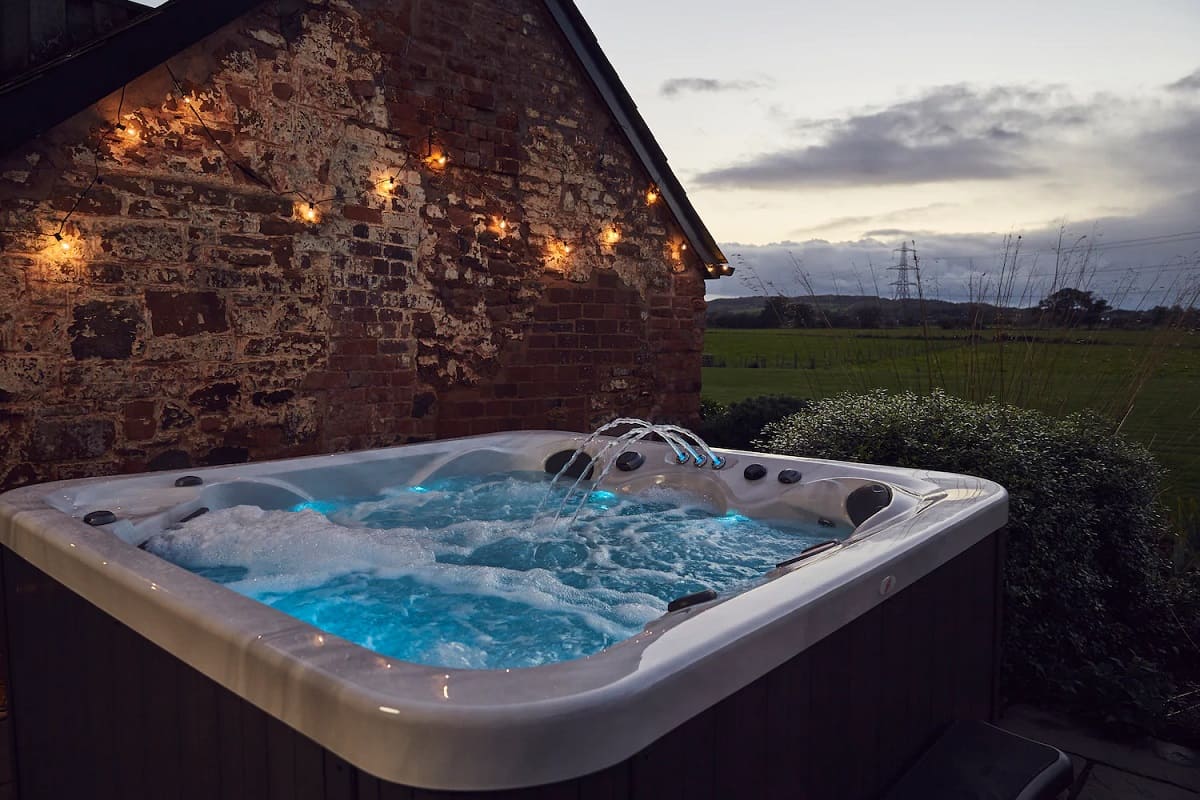

Pool & Spa Care
How Old Should You Be To Go In A Hot Tub
Modified: August 16, 2024
Find out the age limit for hot tub use and how to ensure safety for children. Get expert tips for pool and spa care. Keep your family safe and healthy!
(Many of the links in this article redirect to a specific reviewed product. Your purchase of these products through affiliate links helps to generate commission for Storables.com, at no extra cost. Learn more)
**
Introduction
**
So, you're considering taking a dip in a hot tub, but you might be wondering, "How old should you be to go in a hot tub?" It's a great question, and it's essential to understand the health, safety, and legal considerations surrounding hot tub use, especially for younger individuals. In this article, we'll explore the various factors that come into play when determining the appropriate age for hot tub enjoyment. From health and safety considerations to legal age restrictions and the importance of supervision, we'll delve into everything you need to know to make informed decisions about hot tub use for yourself and your loved ones. Let's dive in and unravel the age-old question of hot tub access!
**
Key Takeaways:
- Hot tubs can be risky for kids due to overheating and bacteria. Adults should supervise and educate young users to ensure safety and enjoyment.
- Legal age restrictions vary, but adult supervision is crucial for young hot tub users. Safety and responsibility are key for a relaxing experience.
Read more: How To Dispose Of An Old Hot Tub
Health and Safety Considerations
**
When it comes to hot tub use, prioritizing health and safety is paramount, particularly for individuals who are still growing and developing. The high temperatures of hot tub water can pose risks, especially for children and teenagers. Younger individuals have a lower tolerance for heat and are more susceptible to dehydration and overheating, making it crucial to approach hot tub use with caution.
One of the primary concerns is the potential for overheating, which can lead to dizziness, nausea, and in severe cases, heat exhaustion or heat stroke. Additionally, extended exposure to hot tub water can cause dehydration, as the heat accelerates the body’s sweat rate, leading to fluid loss. This is particularly significant for younger individuals, as they may not recognize the signs of dehydration or be able to communicate discomfort effectively.
Furthermore, hot tubs can harbor bacteria and other pathogens if not properly maintained, increasing the risk of skin infections and respiratory issues. Younger individuals may have less robust immune systems, making them more vulnerable to such health concerns.
It’s important to consider the physical development of children and teenagers as well. Prolonged immersion in hot water can affect blood circulation and potentially impact a young person’s cardiovascular system. The risk of injury from slips and falls in and around the hot tub should also be taken into account.
Given these considerations, it’s evident that careful attention must be paid to the health and safety implications of hot tub use, particularly for younger individuals. By understanding and addressing these risks, it becomes possible to establish guidelines for safe and enjoyable hot tub experiences for all age groups.
**
Legal Age Restrictions
**
Legal age restrictions regarding hot tub use vary by jurisdiction, and it’s essential to be aware of the specific regulations in your area. In many locations, there are no universal laws dictating the minimum age for hot tub access. Instead, responsibility falls on the guardians and caregivers to make informed decisions based on the individual circumstances and the maturity of the child or teenager.
However, some states and countries have established guidelines regarding the minimum age for unsupervised hot tub use. For example, in the United States, several states have legislation specifying that children under a certain age must be accompanied by an adult while in a hot tub. These age requirements typically range from 14 to 18 years, but they can vary widely.
It’s important to note that even in the absence of specific legal age restrictions, hot tub manufacturers and industry organizations often provide recommendations for safe usage. These guidelines may suggest a minimum age for unsupervised hot tub access or offer insights into the potential risks associated with hot tub use by younger individuals.
Ultimately, while legal age restrictions can offer general guidance, they may not encompass all relevant factors, such as the individual’s physical maturity, health considerations, and ability to understand and adhere to safety guidelines. As such, it’s crucial for parents, guardians, and caregivers to exercise sound judgment and consider a range of factors when determining when a child or teenager may safely use a hot tub.
By staying informed about local regulations and industry recommendations, individuals can navigate the legal landscape surrounding hot tub use and make well-informed decisions that prioritize safety and compliance.
**
It is generally recommended that children under 5 years old should not go in a hot tub, and children between 5-10 years old should only spend a few minutes at a time in a hot tub with adult supervision. Always consult with a doctor before allowing children to use a hot tub.
Supervision and Responsibility
**
When it comes to hot tub use by children and teenagers, the importance of supervision and responsible oversight cannot be overstated. Regardless of legal age restrictions or specific regulations, adult supervision is a critical component of ensuring the safety and well-being of younger individuals in and around hot tubs.
Supervision encompasses not only being present while a child or teenager is in the hot tub but also actively monitoring their behavior and well-being. This includes being attentive to signs of discomfort, overheating, or dehydration, as well as ensuring that safety guidelines are followed. Adults should be readily available to provide assistance or intervene if necessary, and they should possess the knowledge and awareness to respond effectively to any potential issues that may arise.
Moreover, responsible hot tub ownership and usage involve educating children and teenagers about the risks and proper conduct when using a hot tub. This includes emphasizing the importance of staying hydrated, recognizing the signs of overheating or dehydration, and understanding the potential hazards of hot tub use. By instilling a sense of responsibility and awareness, younger individuals can develop the knowledge and habits necessary for safe hot tub enjoyment.
It’s also crucial to create and enforce clear rules and boundaries regarding hot tub use. This may involve establishing designated times for hot tub access, setting limits on the duration of each session, and outlining expectations for behavior and respect for the hot tub environment. By setting these parameters, adults can help ensure that hot tub experiences remain safe, enjoyable, and free from unnecessary risks.
Ultimately, the combination of supervision, responsibility, and clear communication forms the cornerstone of safe and appropriate hot tub use for children and teenagers. By fostering an environment of attentiveness, education, and respect, adults can create opportunities for younger individuals to benefit from the relaxing and therapeutic aspects of hot tubs while minimizing potential hazards.
**
Conclusion
**
As we’ve explored the considerations surrounding the age at which individuals can safely enjoy hot tubs, it’s clear that a multifaceted approach is necessary to ensure the well-being of children and teenagers. From prioritizing health and safety to understanding legal regulations and emphasizing supervision and responsibility, the factors at play are diverse and interconnected.
Health and safety considerations underscore the need for caution and awareness when it comes to hot tub use, particularly for younger individuals. By recognizing the potential risks of overheating, dehydration, and exposure to pathogens, adults can take proactive measures to mitigate these concerns and create a safe hot tub environment.
Legal age restrictions, while present in some jurisdictions, may not encompass all relevant factors that contribute to safe hot tub use. As such, the onus falls on parents, guardians, and caregivers to make informed decisions based on individual circumstances, maturity levels, and adherence to safety guidelines.
Supervision and responsibility emerge as pivotal elements in promoting safe and enjoyable hot tub experiences for children and teenagers. By actively monitoring and educating younger individuals, adults can instill the knowledge, habits, and respect necessary for responsible hot tub use.
In conclusion, the question of how old one should be to go in a hot tub is not easily answered with a specific age. Rather, it requires a comprehensive approach that integrates health and safety awareness, legal considerations, and a commitment to supervision and responsibility. By embracing these principles, individuals can create an environment where hot tub enjoyment can be a source of relaxation, rejuvenation, and family bonding while prioritizing the well-being of all participants.
Frequently Asked Questions about How Old Should You Be To Go In A Hot Tub
Was this page helpful?
At Storables.com, we guarantee accurate and reliable information. Our content, validated by Expert Board Contributors, is crafted following stringent Editorial Policies. We're committed to providing you with well-researched, expert-backed insights for all your informational needs.

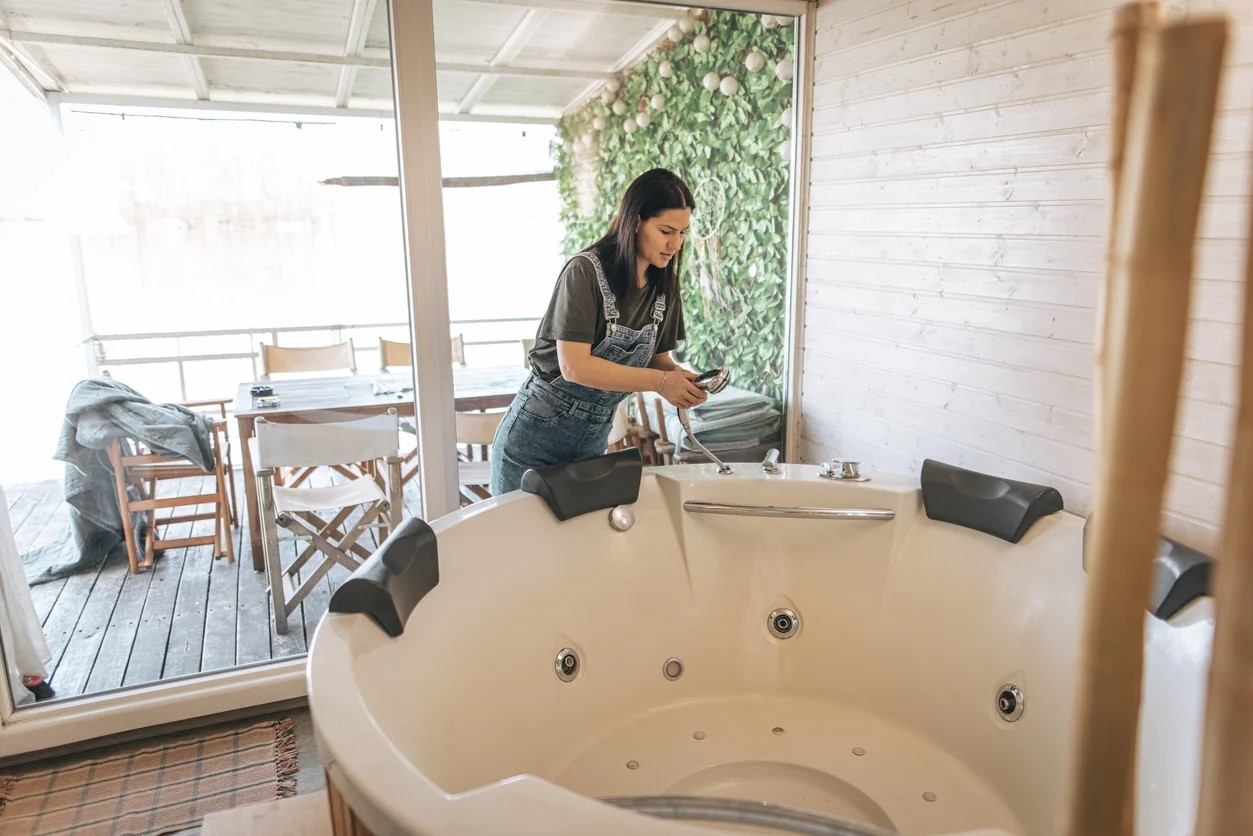
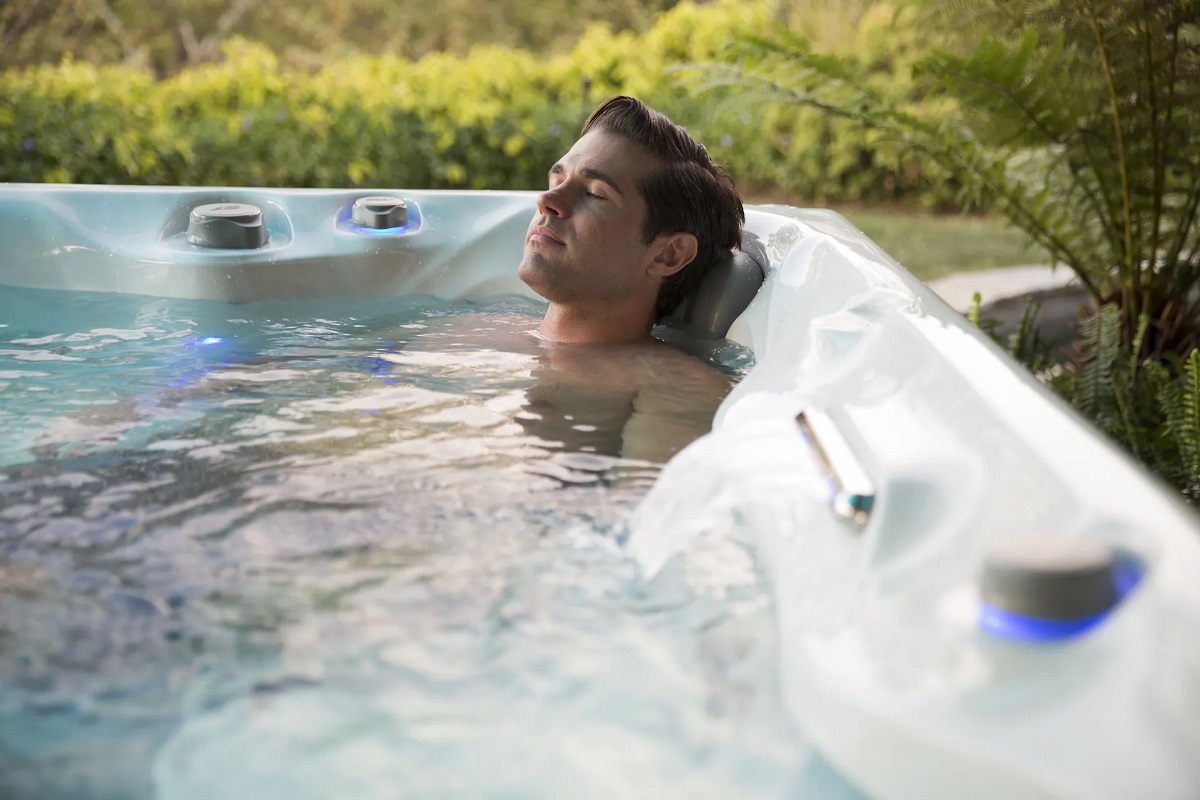

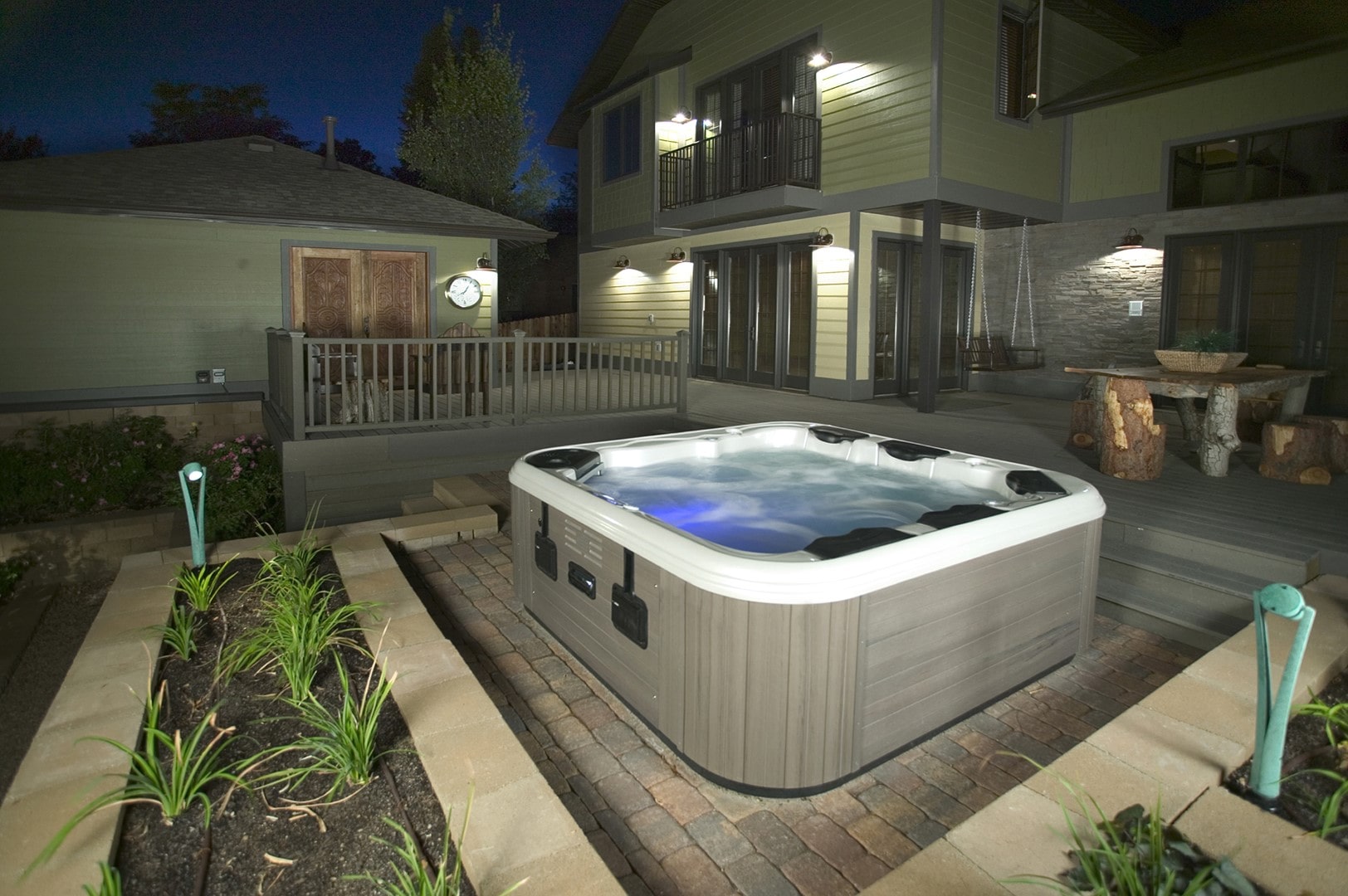

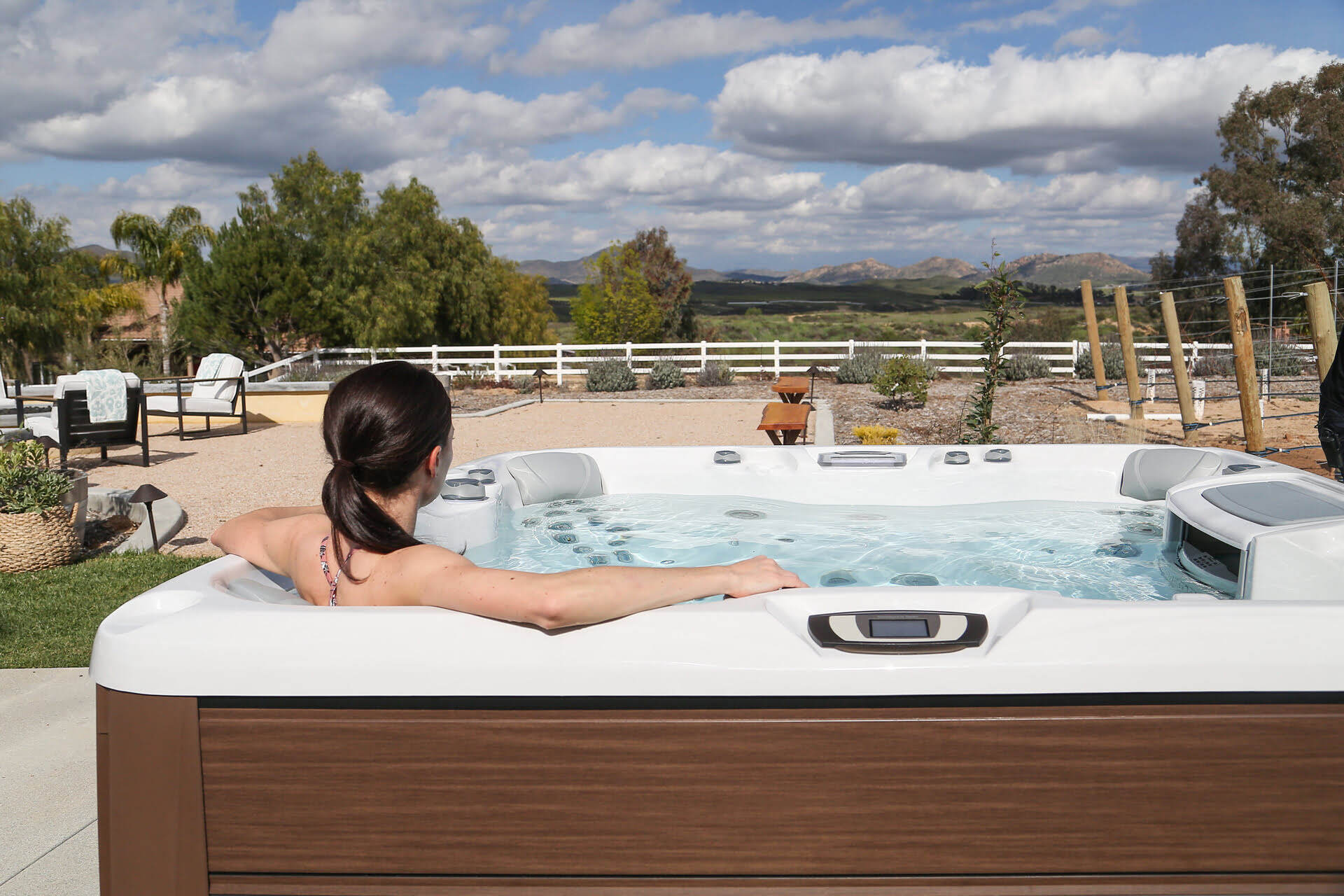
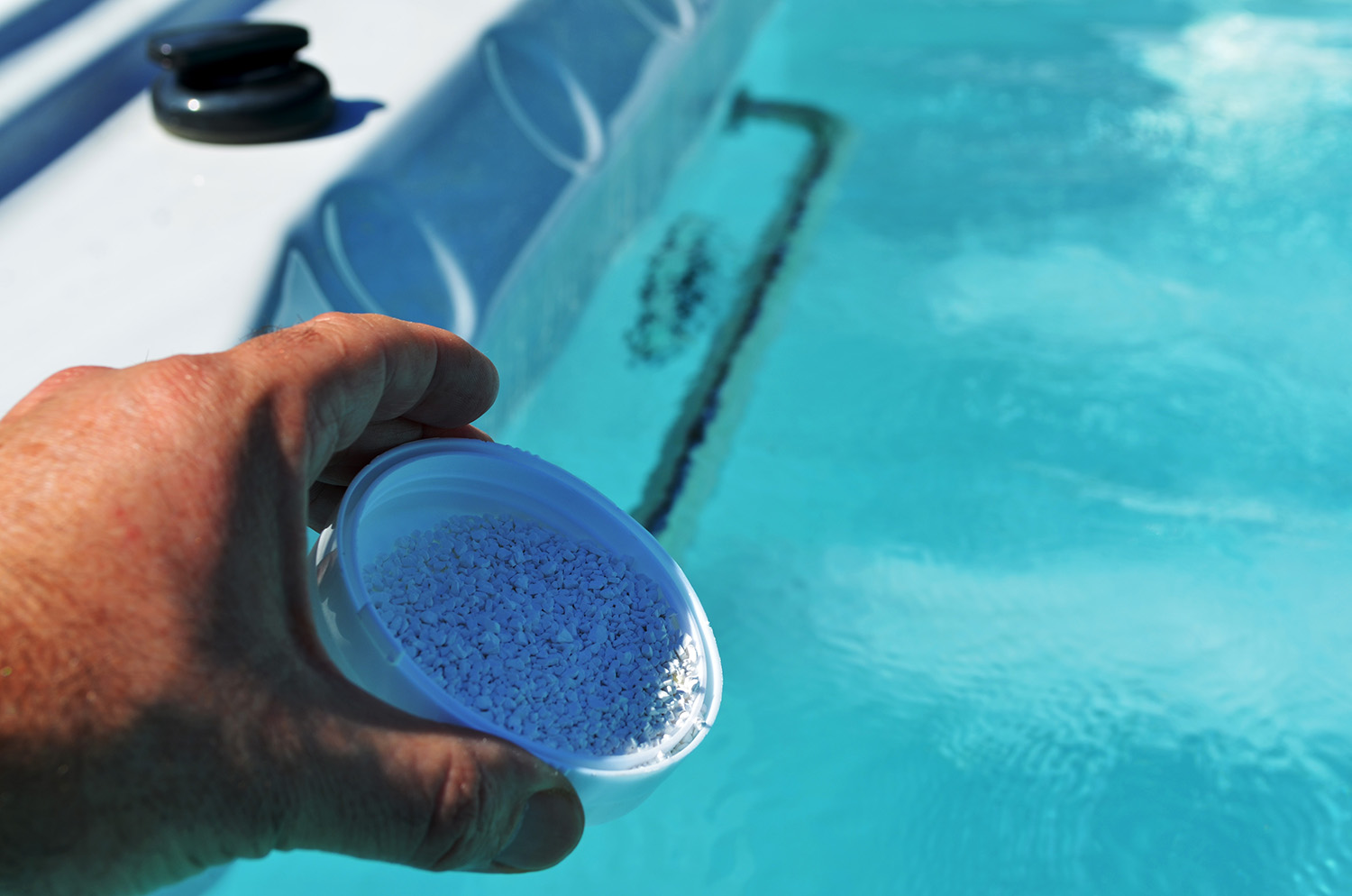
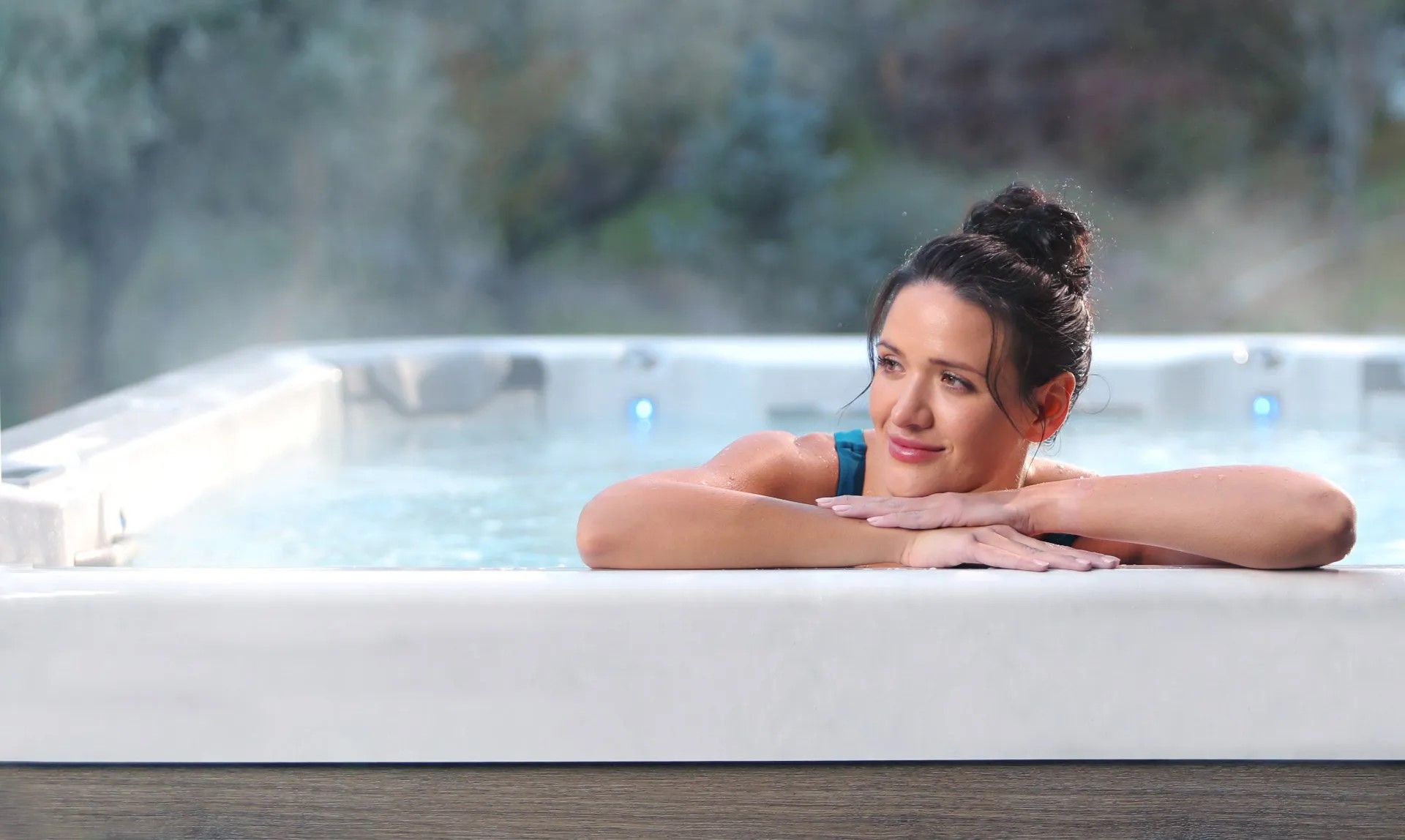
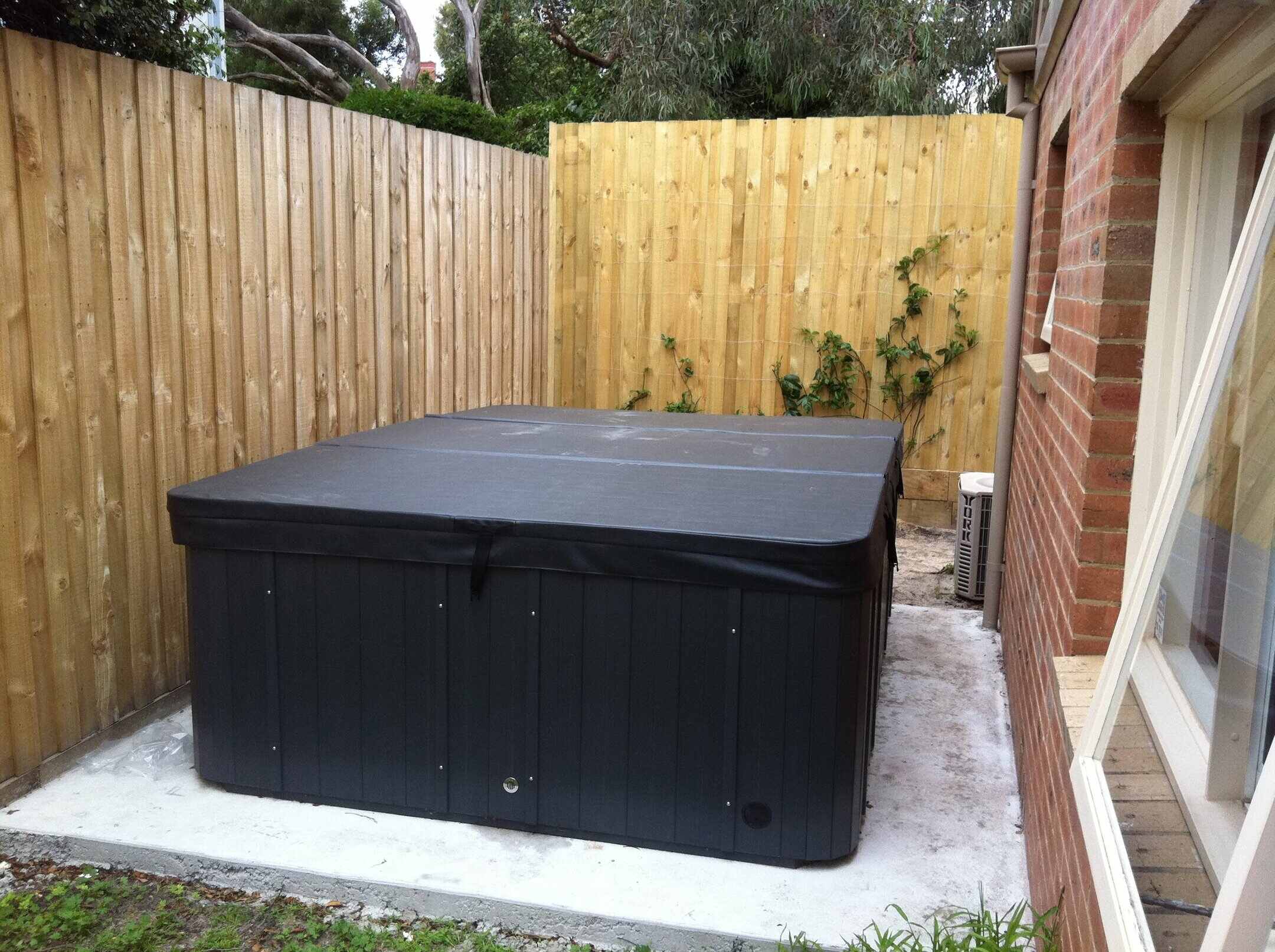

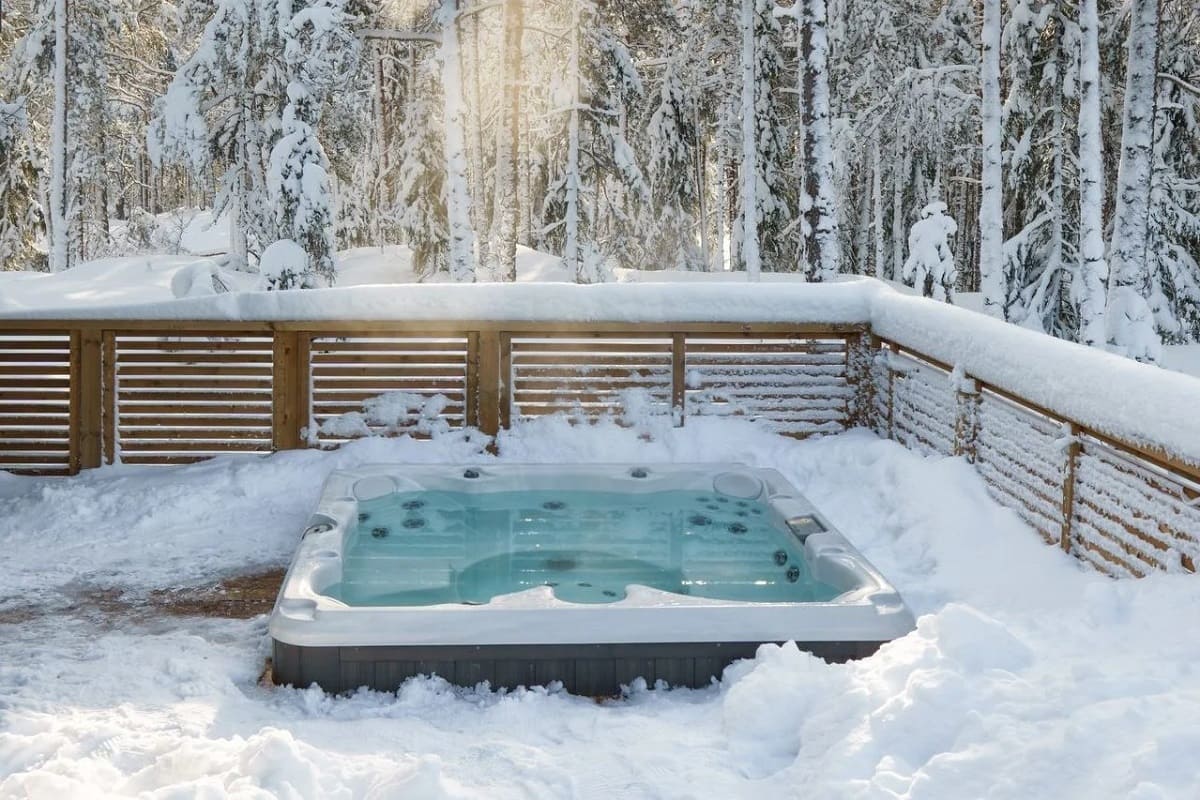
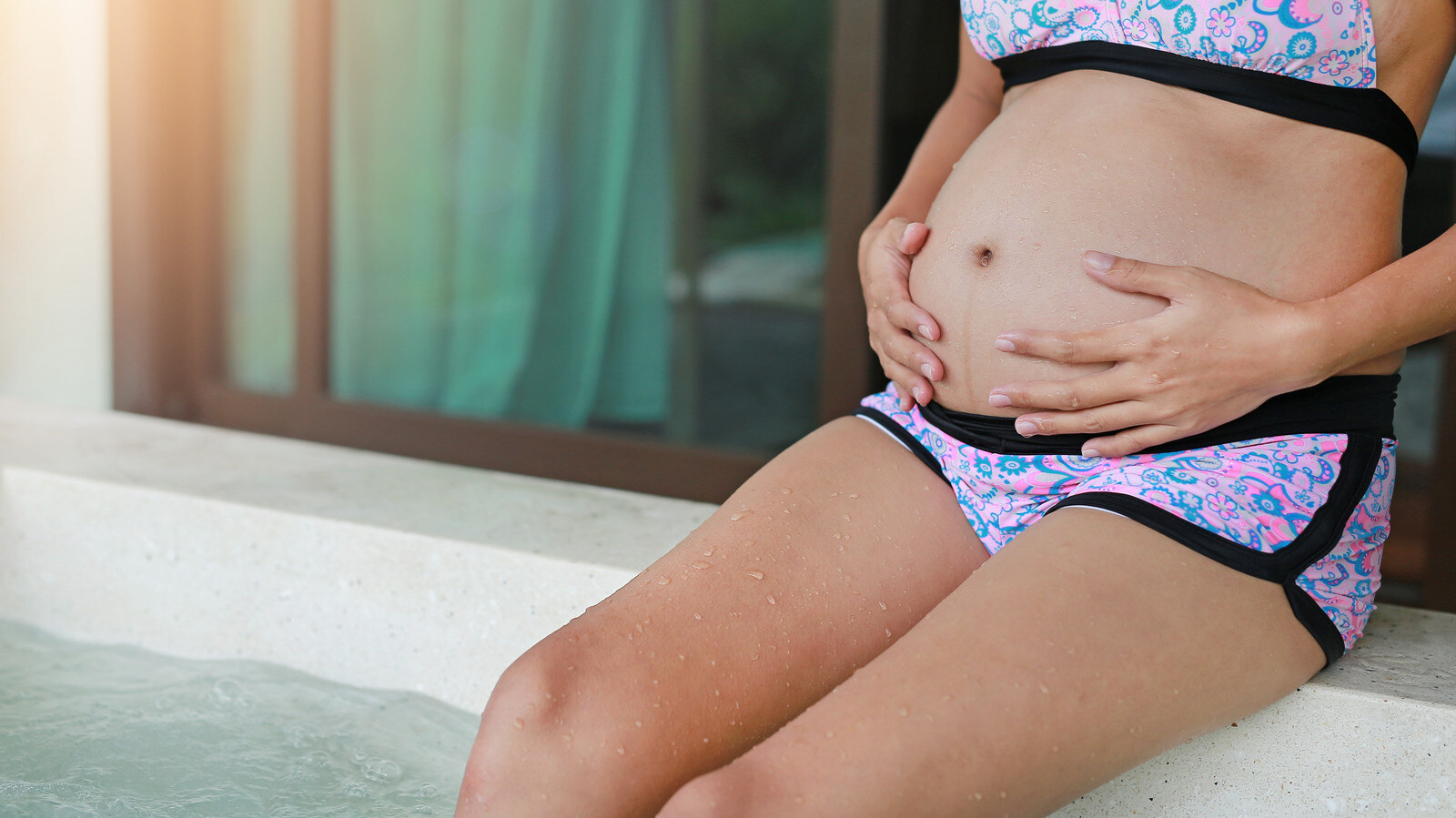
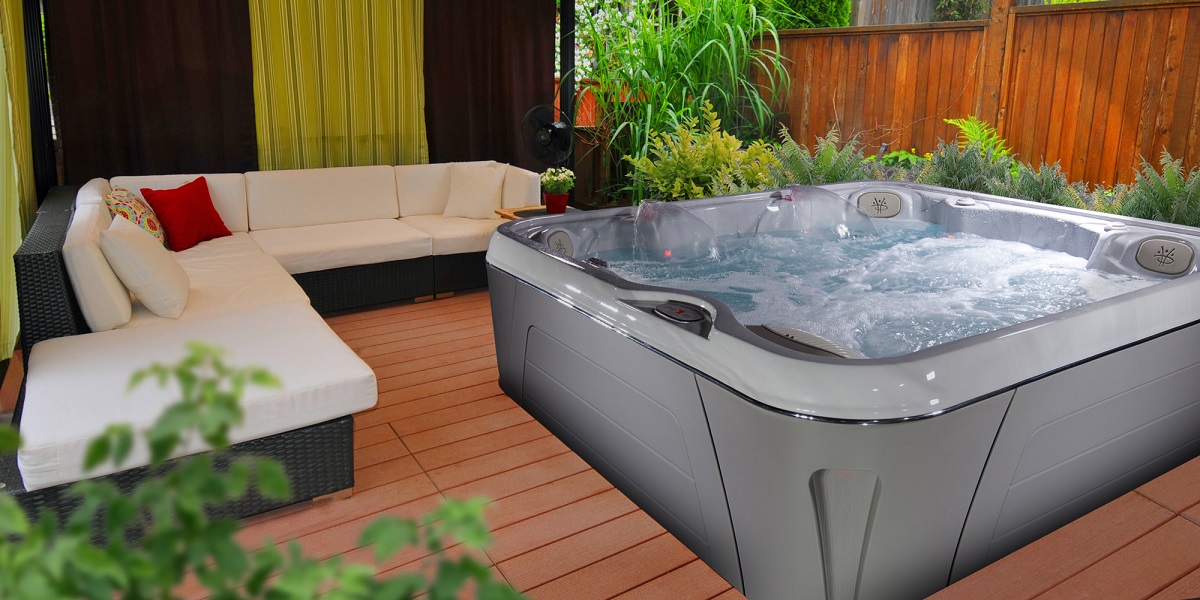
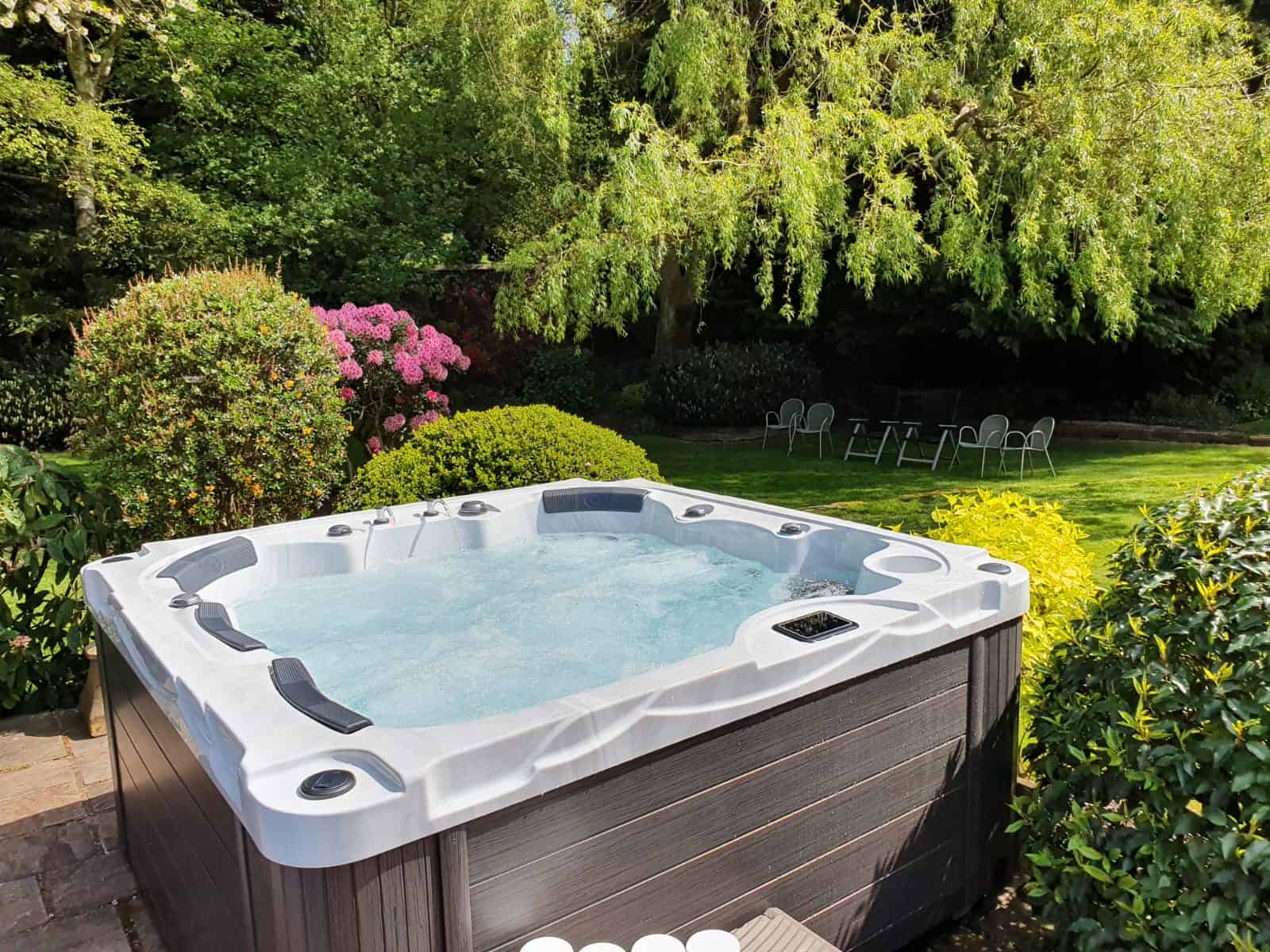

0 thoughts on “How Old Should You Be To Go In A Hot Tub”